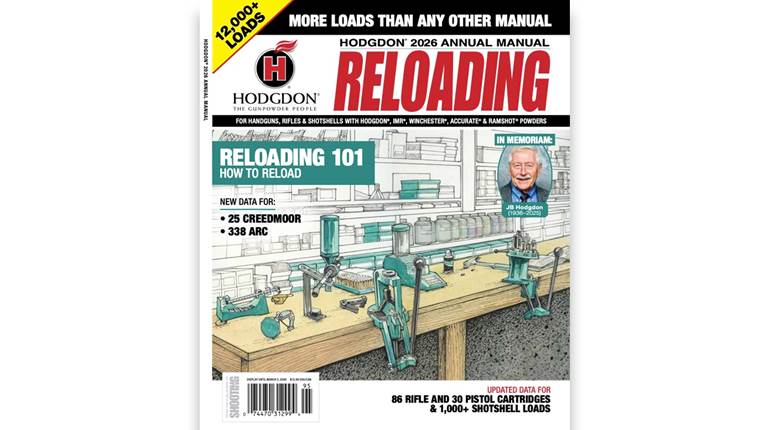
The French were expected to trounce the Prussians in the Franco-Prussian War (July 1870 through January 1871). Emperor Napoleon III’s bandbox military machine was reckoned to be unbeatable, the majority of the troops armed with a highly regarded new breechloading bolt-action rifle, the Fusil Modèle 1866.
Like its opponent, the Dreyse “Needle Fire” rifle—which first appeared in 1841—the 1866 chambered a self-contained, combustible cartridge. The French round featured a modern 11 mm conical bullet and was considerably more sophisticated than the one employed by the Germans, besting the range, velocity and stopping power of the Dreyse’s egg-shaped projectile by a considerable margin. The rifle was also sleeker, easier to handle and—possessed of a more robust firing pin than the long, slender needle employed in the Prussian arm—less prone to going out of order.
Notwithstanding the prognostications of military experts around the world, and despite being armed with a superior rifle, French forces, relying largely on a defensive strategy, were defeated in slightly more than six bloody months by a foe that made up for its small arms’ deficiencies with superior breechloading artillery and more mobile tactics.
Still, when the opportunity presented itself, the Fusil Modèle 1866 (more commonly referred to as the “Chassepot” after its designer, Antoine Alphonse Chassepot) easily outclassed the Dreyse on the battlefield. In fact, the Germans had taken note of the Chassepot’s advantages prior to the war, and soon after the war had introduced the superb metallic cartridge 11 mm Mauser Gewehr Modell 1871 to its own forces.

Measuring some 51" overall and weighing in at 9 lbs., 5 ozs., the Chassepot Fusil was a svelte, manageable piece, described by a German officer evaluating one captured in battle as, “a beautifully worked murder weapon; a dainty little thing.” Chassepots were manufactured at several sites: St. Etienne, Châtellerault, Tulle and Mutzig.
Its compound, linen-wrapped cartridge fired a 386-gr. bullet propelled by 86.4 grs. of blackpowder. The round had an integral primer at its base—unlike that of the Dreyse, which had priming compound halfway up the body of the cartridge that necessitated the aforementioned long, delicate, needle-like firing pin.
Muzzle velocity of the Chassepot round ran 1345 f.p.s. The rifle was reckoned to have an effective range of some 1,000 meters and a maximum reach of 1,500 meters. For a time, the Chassepot was considered state-of-the-art, and it achieved a popular international renown, often being mentioned in such non-martial venues as Gilbert & Sullivan’s song “I Am the very Model of a Modern Major General” from their comic opera The Pirates of Penzance. Alas, the Chassepot’s fall from grace caused it to eventually be replaced in the musical’s number by the Mauser.
The Chassepot bolt locked within an opening on the right side of the action via a long, rectangular, external lug. To open the action, one first had to pull back a thumbpiece at the rear of the bolt. Complete obturation was affected by means of a rubber gasket on the bolt head.
Arriving at the end of the percussion era and the beginning of the metallic-cartridge age, the Chassepot had a rather short life span. Fortunately, it was easily modified to handle the French Modèle 1874 “Gras” cartridge, as the Gras rifle adopted much of the Chassepot’s demeanor, including its 11 mm chambering.
The Chassepot shown here is typical of the breed. Finished in the white, beautifully made, and exhibiting little external wear and no mechanical difficulties, it has all matching serial numbers and an excellent bore. The stock’s markings are a bit thin, but, on the whole, the piece is quite sound and, as such, is worth $1,150.
Gun: Manufacture d’Armes de Châtellerault Fusil Modèle 1866 “Chassepot”
Chambering: 11 mm (.43 cal.)
Manufactured: 1871
Condition: NRA Fine (Antique Gun Standards)
Value: $1,150



































